


Books in series

British Paratrooper vs Fallschirmjäger
Mediterranean 1942-43
2013

Union Infantryman vs Confederate Infantryman
Eastern Theater 1861-65
2013

British Infantryman vs Zulu Warrior
Anglo-Zulu War 1879
2013

French Guardsman vs Russian Jaeger
1812-14
2013

British Infantryman vs German Infantryman
Somme 1916
2014

Roman Soldier vs Germanic Warrior
1st Century AD
2014

German Infantryman vs Soviet Rifleman
Barbarossa 1941
2014

U.S. Marine vs. Japanese Infantryman
Guadalcanal 1942-43
2014

Continental vs Redcoat
American Revolutionary War
2014

Chindit vs Japanese Infantryman – 1943–44
2015

German Infantryman vs Russian Infantryman
1914-15
2015

Confederate Cavalryman vs Union Cavalryman
Eastern Theater 1861–65
2015

US Marine vs NVA Soldier
Vietnam 1967–68
2015

German Infantryman vs British Infantryman
France 1940
2015

US Infantryman vs German Infantryman
European Theater of Operations 1944
2016
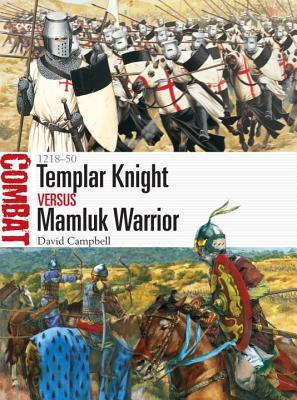
Templar Knight vs Mamluk Warrior
1218–50
2015
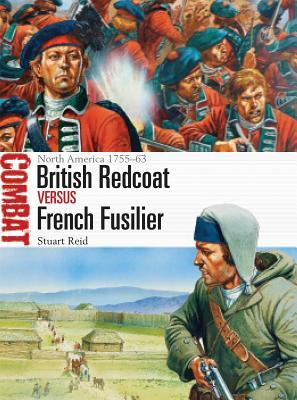
British Redcoat vs French Fusilier
North America 1755–63
2016
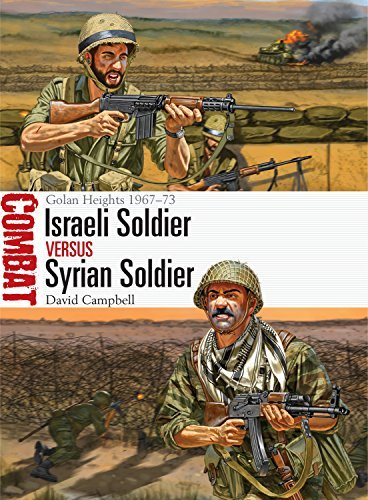
Israeli Soldier vs Syrian Soldier
Golan Heights 1967–73
2016
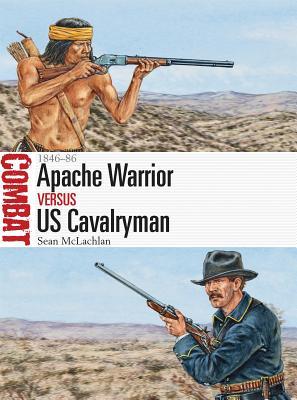
Apache Warrior vs US Cavalryman
1846–86
2016

King's African Rifles Soldier vs Schutztruppe Soldier
East Africa 1917-18
2016

Finnish Soldier vs Soviet Soldier
Winter War 1939-40
2016

Panzergrenadier vs US Armored Infantryman
European Theater of Operations 1944
2017
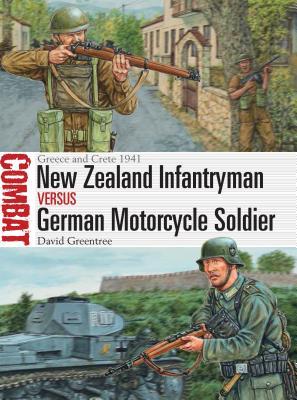
New Zealand Infantryman vs German Motorcycle Soldier
Greece and Crete 1941
2017

Longbowman vs Crossbowman
Hundred Years' War 1337-60
2017

Canadian Corps Soldier vs Royal Bavarian Soldier
Vimy Ridge to Passchendaele 1917
2017

Boer Guerrilla vs British Mounted Soldier
South Africa 1880-1902
2017

Viking Warrior vs Anglo-Saxon Warrior
England 865-1066
2017

German Soldier vs Soviet Soldier
Stalingrad 1942-43
2017

Soviet Paratrooper vs Mujahideen Fighter
Afghanistan 1979-89
2017
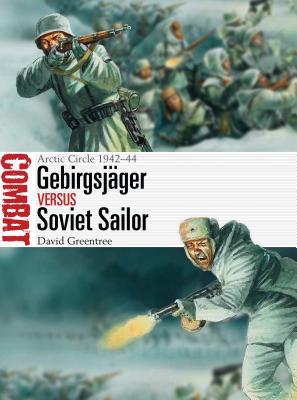
Gebirgsjäger vs Soviet Sailor
Arctic Circle 1942–44
2018

Greek Hoplite vs Persian Warrior
499-479 BC
2018

US Marine vs German Soldier
Belleau Wood 1918
2018

Hitlerjugend Soldier vs Canadian Soldier
Normandy 1944
2018
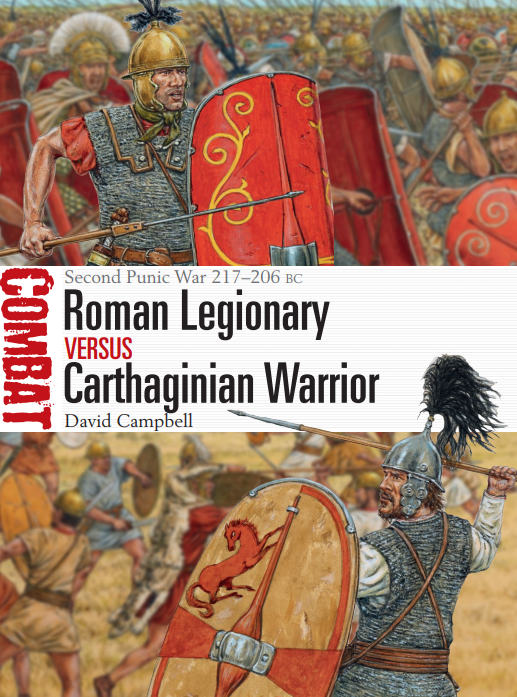
Roman Legionary vs Carthaginian Warrior
Second Punic War 217–206 BC
2018
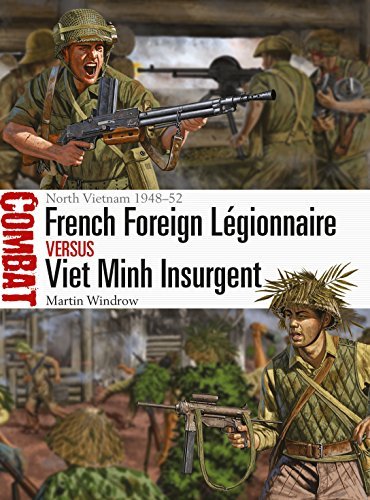
French Foreign Légionnaire vs Viet Minh Insurgent
North Vietnam 1948–52
2018

Chinese Soldier vs Japanese Soldier
China 1937-38
2018
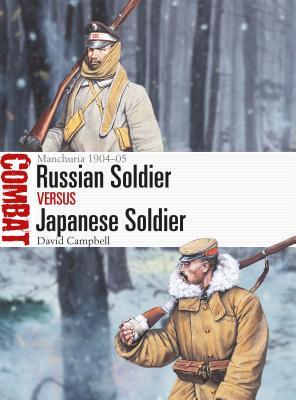
Russian Soldier vs Japanese Soldier
Manchuria 1904–05
2019
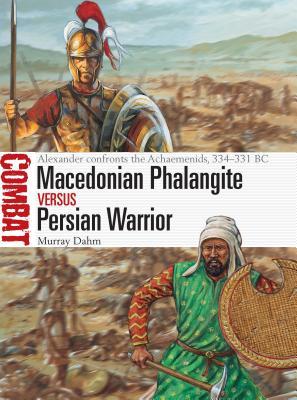
Macedonian Phalangite vs Persian Warrior
Alexander confronts the Achaemenids, 334–331 BC
2019
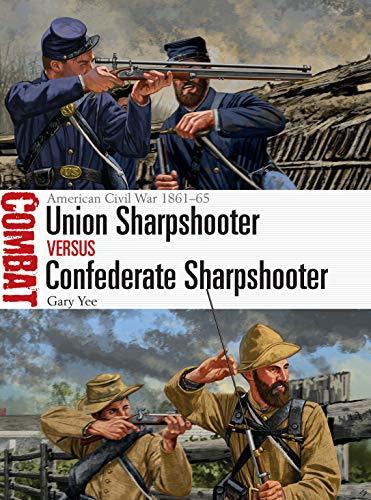
Union Sharpshooter vs Confederate Sharpshooter
American Civil War 1861–65
2019
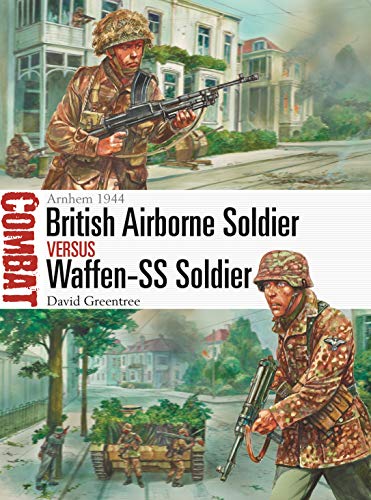
British Airborne Soldier vs Waffen-SS Soldier
Arnhem 1944
2019
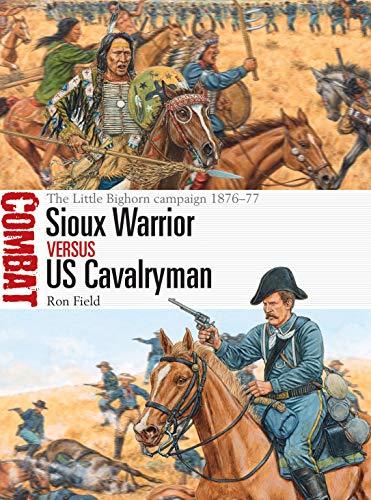
Sioux Warrior vs US Cavalryman
The Little Bighorn campaign 1876–77
2019
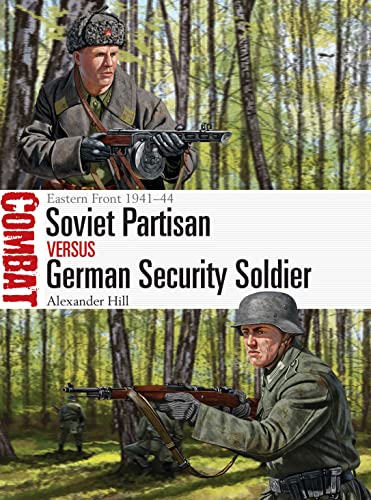
Soviet Partisan vs German Security Soldier
Eastern Front 1941–44
2019
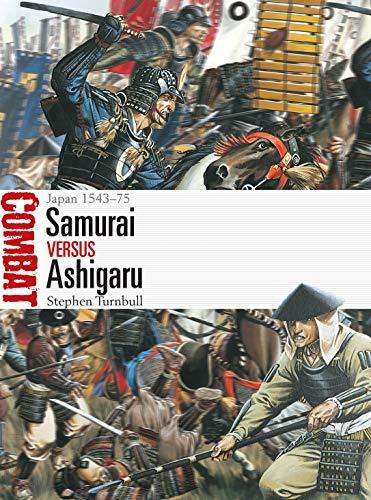
Samurai vs Ashigaru
Japan 1543–75
2019
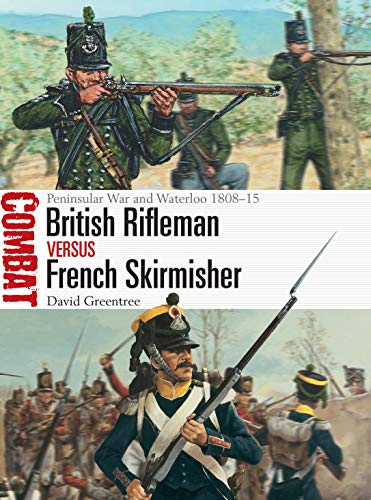
British Rifleman vs French Skirmisher
Peninsular War and Waterloo 1808–15
2020
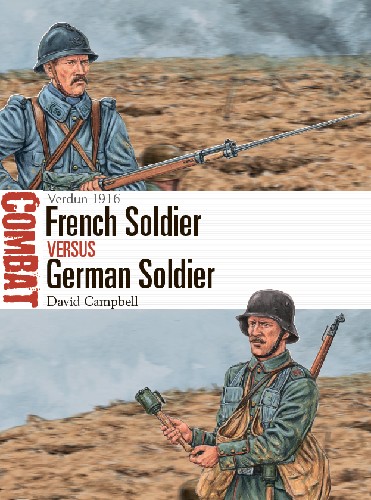
French Soldier vs German Soldier
Verdun 1916
2020
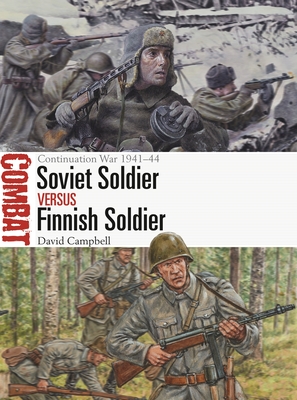
Soviet Soldier vs Finnish Soldier
The Continuation War 1941–44
2020
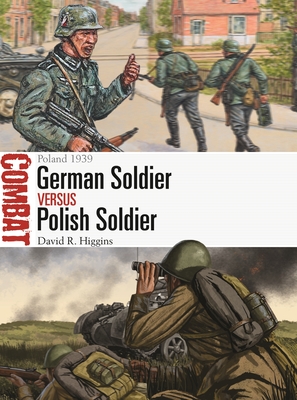
German Soldier Vs Polish Soldier
Poland 1939
2020

Athenian Hoplite vs Spartan Hoplite
Peloponnesian War 431–404 BC
2021
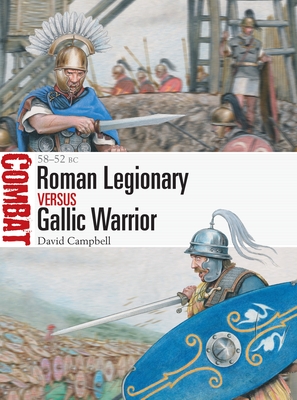
Roman Legionary vs Gallic Warrior
58–52 BC
2021
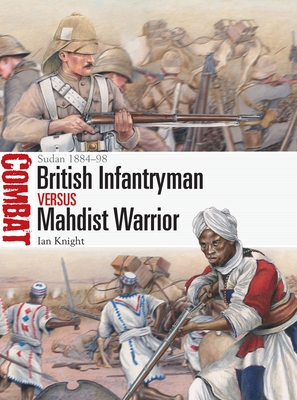
British Infantryman vs Mahdist Warrior
Sudan 1884–98
2021
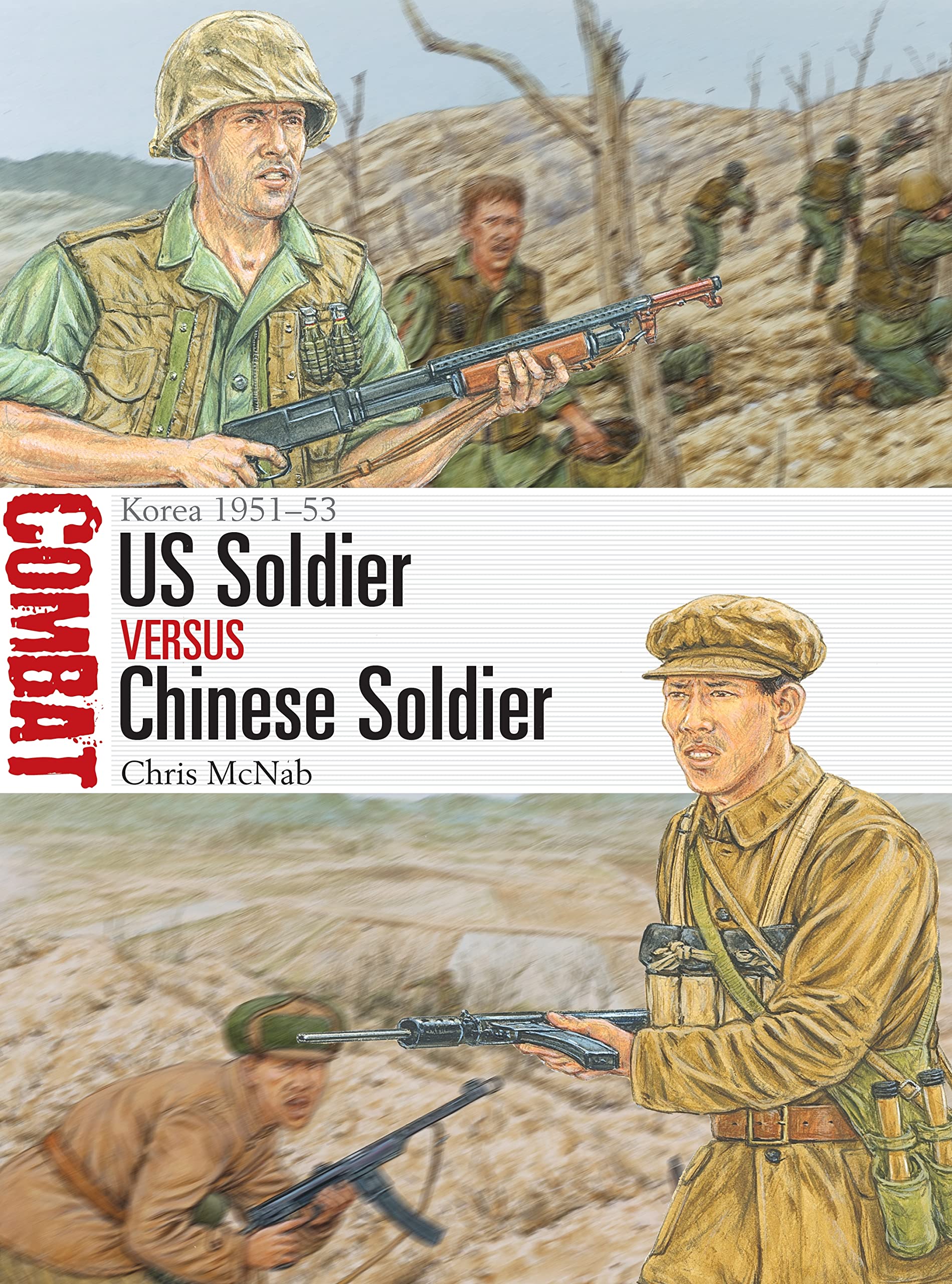
US Soldier vs Chinese Soldier
Korea 1951–53
2022
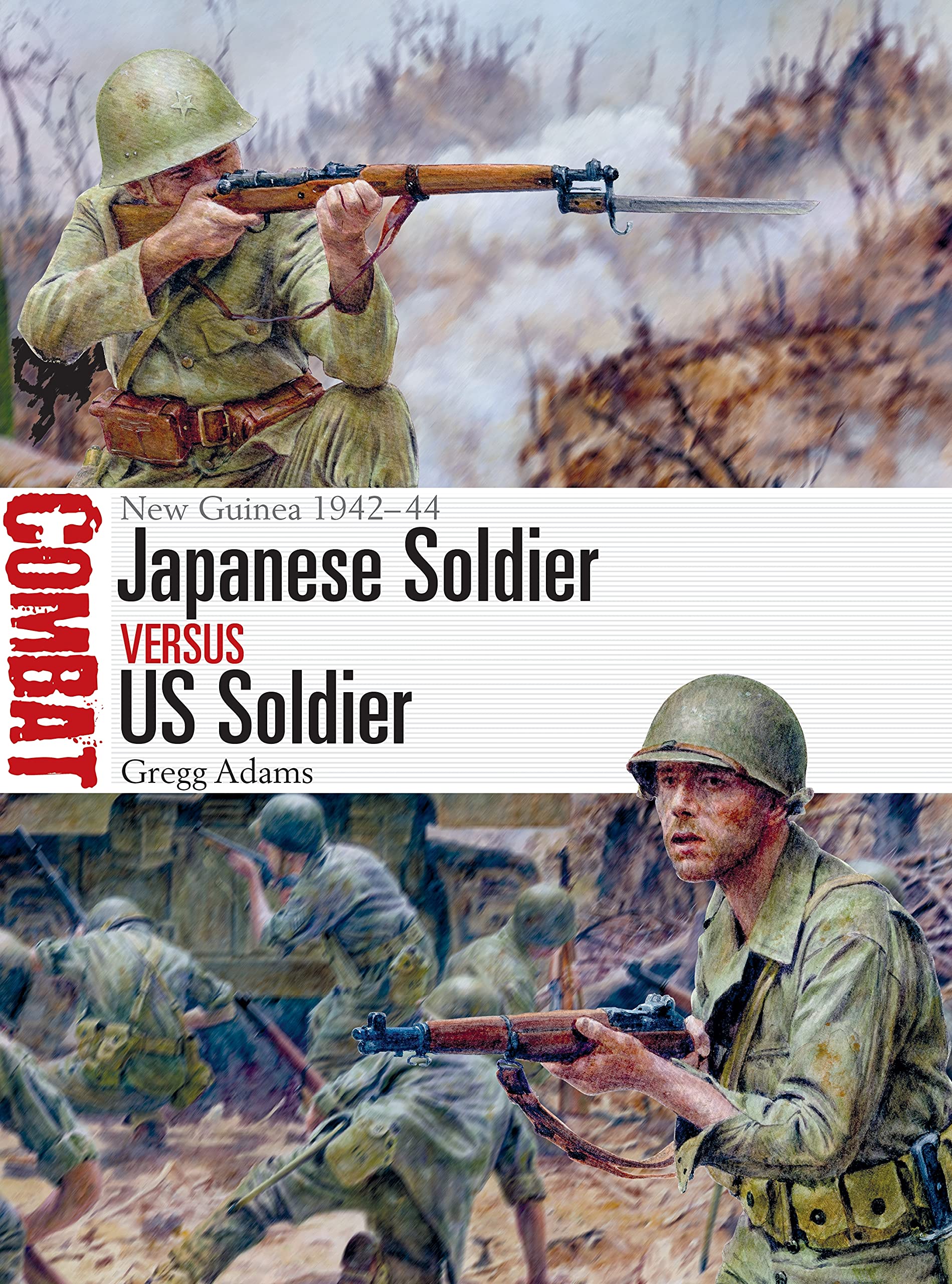
Japanese Soldier vs US Soldier
New Guinea 1942–44
2021
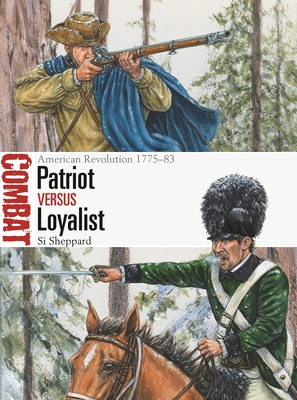
Patriot vs Loyalist
American Revolution 1775–83
2022
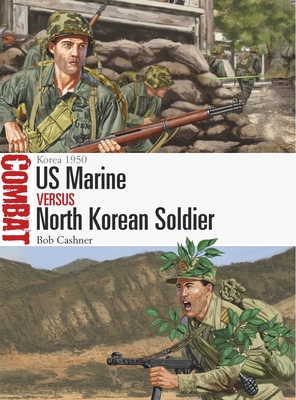
US Marine vs North Korean Soldier
Korea 1950
2022

British Celtic Warrior vs Roman Soldier
Britannia AD 43–105
2022
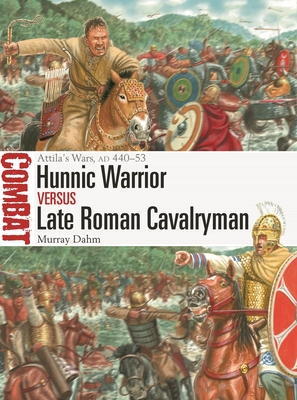
Hunnic Warrior vs Late Roman Cavalryman
Attila's Wars, AD 440–53
2022
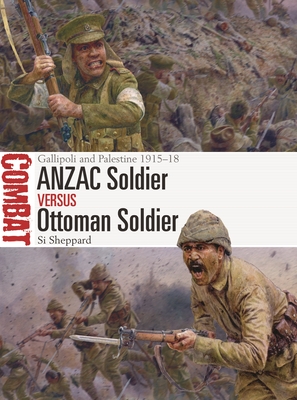
ANZAC Soldier vs Ottoman Soldier
Gallipoli and Palestine 1915–18
2023
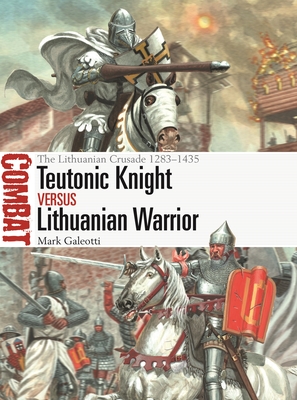
Teutonic Knight vs Lithuanian Warrior
The Lithuanian Crusade 1283–1435
2023
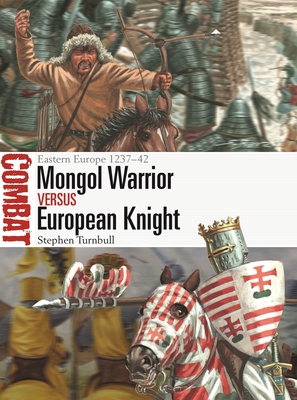
Mongol Warrior versus European Knight
Eastern Europe 1237–42
2023
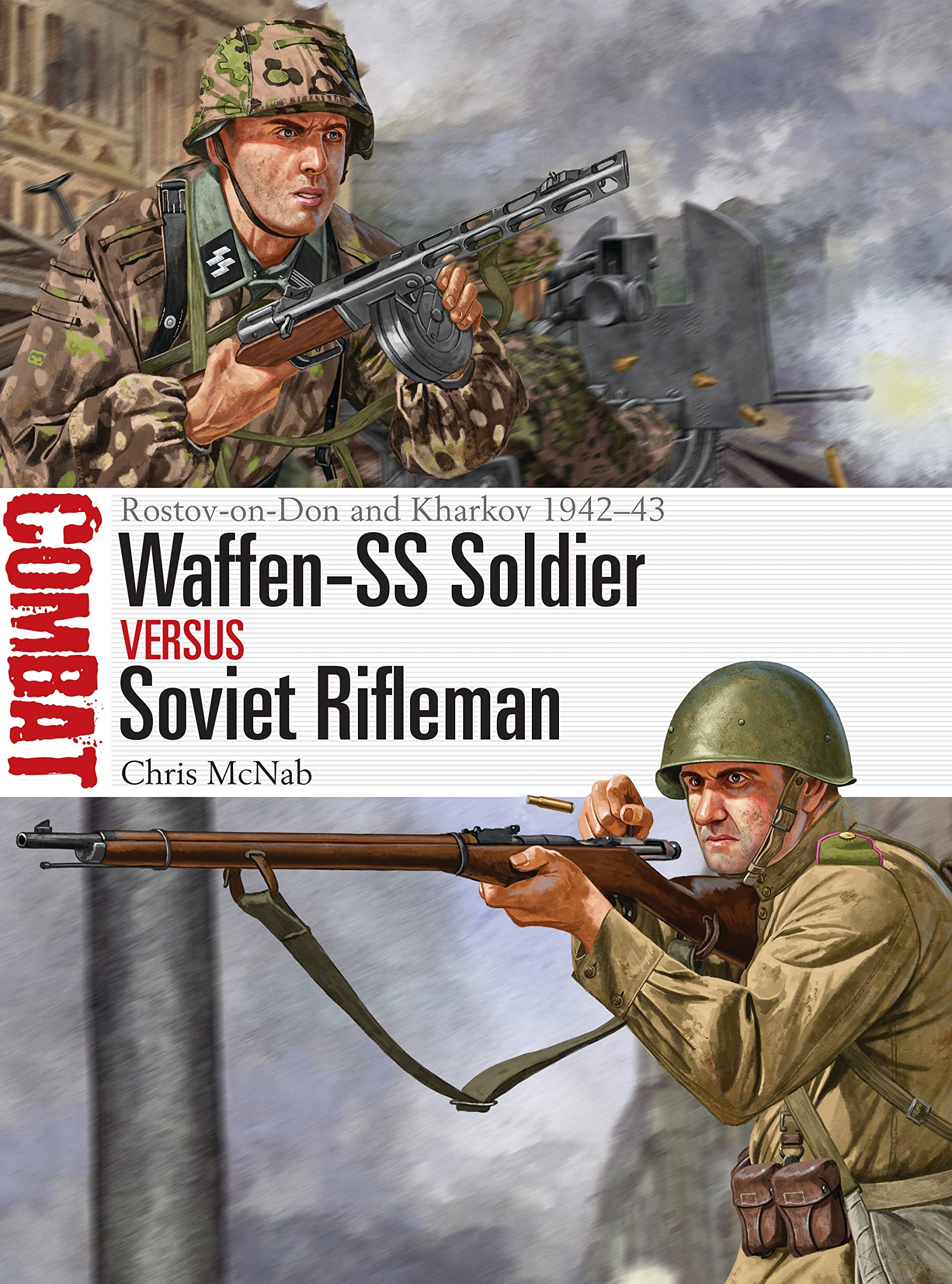
Waffen-SS Soldier vs Soviet Rifleman
Rostov-on-Don and Kharkov 1942–43
2023
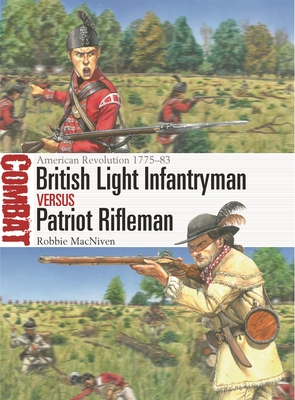
British Light Infantryman vs Patriot Rifleman
American Revolution 1775–83
2023
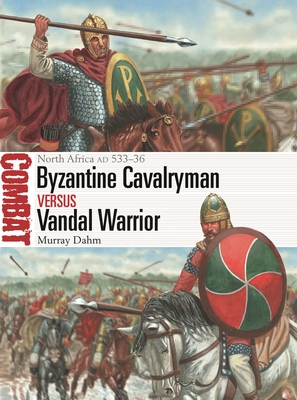
Byzantine Cavalryman vs Vandal Warrior
North Africa AD 533–36
2023
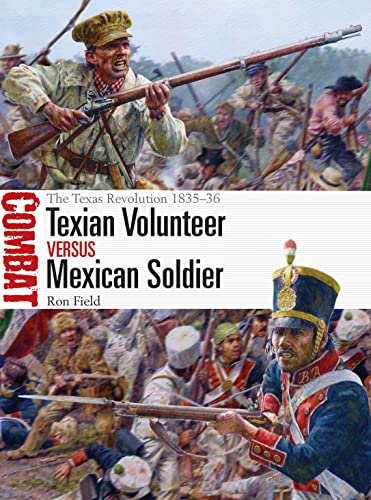
Texian Volunteer vs Mexican Soldier
The Texas Revolution 1835–36
2023
Authors
Librarian Note: There is more than one author by this name in the Goodreads database. David R. Higgins attended the Columbus College of Art & Design, and received a BFA from Ohio State University and an MISM from Keller. In addition to 'The Roer River Battles' and 'King Tiger vs. IS-2: Operation Solstice 1945' he has written over 40 articles for magazines such as 'Strategy and Tactics', 'Armchair General', 'Modern War' and 'World at War', as well as MCS Group's 'States of Conflict'. He lives in Columbus, Ohio.


Steven Zaloga is an author and defense analyst known worldwide for his articles and publications on military technology. He has written over a hundred books on military technology and military history, including “Armored Thunderbolt: The US Army Sherman in World War II”, one of the most highly regarded histories of the Sherman Tank. His books have been translated into Japanese, German, Polish, Czech, Romanian, and Russian. He was a special correspondent for Jane’s Intelligence Review and is on the executive board of the Journal of Slavic Military Studies and the New York Military Affairs Symposium. From 1987 through 1992, he was the writer/producer for Video Ordnance Inc., preparing their TV series Firepower. He holds a BA in history from Union College and an MA in history from Columbia University. Mr. Zaloga is also a noted scale armor modeler and is a host/moderator of the World War II Allied Discussion group at Missing-Lynx.com, a modelling website. He is a frequent contributor to the UK-based modeling magazine Military Modelling. He is a member of the Armor Modeling and Preservation Society.



Gordon L Rottman served for 26 years in the US Army in Special Forces, airborne infantry, long-range reconnaissance patrol, and military intelligence assignments in the Regular Army, Army National Guard, and Army Reserve. He has worked as a Special Operations Forces scenario writer for 14 years at the Army' s Joint Readiness Training Center, Fort Polk, Louisiana where he developed training exercises for Special Forces. Gordon began writing military history books in 1984 and is currently a full-time author. He has written 50 books for Osprey.He is married with four children and lives in Cypress, Texas.

Robbie MacNiven is a Scottish author and historian. His published fiction includes over a dozen novels, many fantasy or sci-fi works for IPs such as Warhammer 40,000 and Marvel's X-Men. He has also written two novellas, numerous short stories and audio dramas, has worked on narrative and character dialogue for multiple digital games (SMITE: Blitz and Age of Sigmar: Storm Ground), has written the colour text for multiple RPG rulebooks and has penned the scripts for two graphic novels and two comics, for Osprey Publishing and Commando Comics respectively. In 2022 his X-Men novel "First Team" won a Scribe Award. On the non-fiction front, Robbie specialises in Early Modern military history, particularly focussing on the 18th century. He has a PhD in American Revolutionary War massacres from the University of Edinburgh - where he won the Compton Prize for American History - and an MLitt in War Studies from the University of Glasgow. Along with numerous articles for military history magazines he has written four books on different aspects of the American Revolutionary War, three for Osprey Publishing and the latest for Helion Books. He has also written the scripts for eight episodes of the hit YouTube educational channel Extra Credits. Outside of work and writing, his passions include re-enacting, gaming, and following Rangers FC home and away.

LINDSAY POWELL is a historical detective. He is motivated to tell the stories of the under-reported personalities and events of history in the belief that they deserve to be told to complete our understanding of the past. A historian and writer, Lindsay has a particular passion for the military history of the Roman Empire. He scours ancient documents, inscriptions, coins and museums for stories, and archaeological, engineering, medical and scientific reports to reveal deeper truths. He was news editor of Ancient Warfare (2011-2016) and continues to contribute to the magazine. He has written for Military Heritage, Desperta Ferro and Strategy & Tactics magazines, as well as Pen and Sword Books, Osprey Publishing, The History Network and UNRV.com. Lindsay is a veteran of the world renowned Ermine Street Guard. His appearances include BBC Radio and The History Channel, He divides his time between Austin, Texas and Wokingham, England.